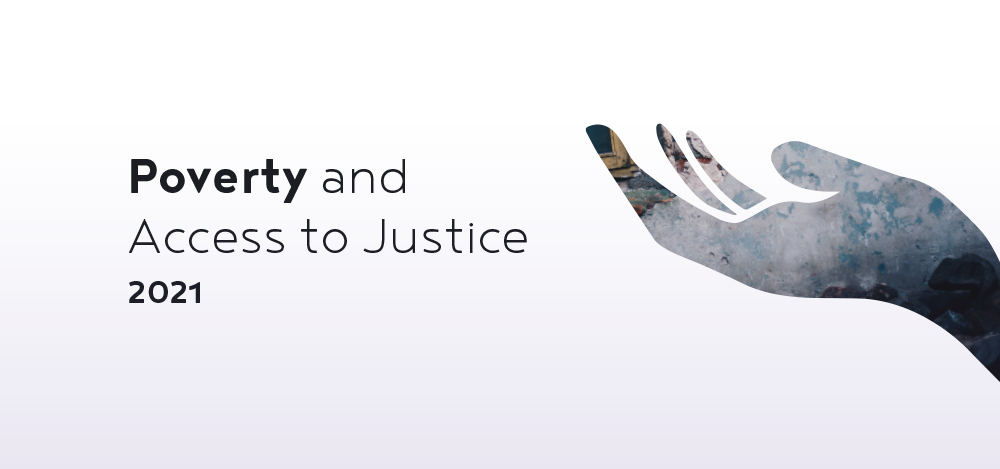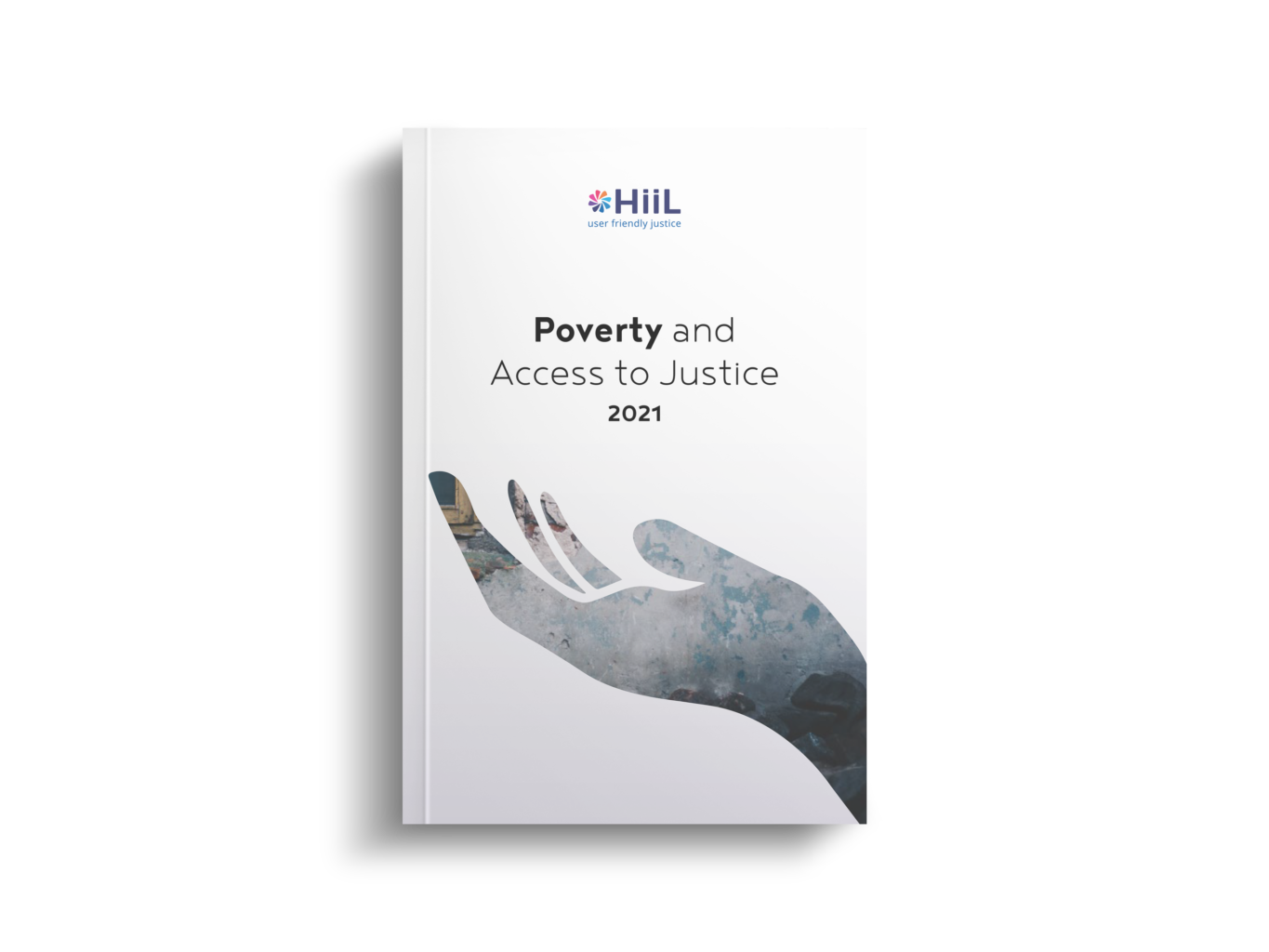A new study from HiiL explores the relationship between poverty and access to justice using survey data from 13 mostly low or middle-income countries.

How do poverty and access to justice relate to each other? Do poor people encounter more or different types of justice problems? Do they experience worse justice journeys and receive less justice? These key questions form the basis of research and a new report that involved data from more than 70,000 individuals across 13 countries.
After analysing the data we see that the relationship is neither straightforward nor simple. Poverty and access to justice are not in a linear relationship! Simply put, it is not that the poor do not receive access to justice. Or that non-poor do not have problems with justice. The interaction between access to justice and poverty is complex and nuanced.
Poor people experience roughly the same number of legal problems as non-poor. However, the poor deal with different types of problems, and most commonly with disputes related to land. In lower-income countries land is the main means of subsistence for many people. The poor and rural populations in particular are significantly more likely to be dependent on the land and thus depend on the law to secure land rights and tenure. Poor people also encounter more family, debt and social welfare issues. By contrast, the non-poor are more likely to deal with crime, accidents, employment and disputes with neighbours.
What is more concerning is that poor people receive worse outcomes for their legal problems. The formal and informal justice systems deliver fewer resolutions. The legal problems that poor people encounter have a greater impact on their lives.
Non-poor have more access to institutional sources for information, advice, and dispute resolution. The poor on the other hand rely more often on family members, friends, and neighbours.
On the path to justice, poverty does not play an independent role. Both poor and non-poor do not differ in their evaluation of the quality of processes and outcomes. However, ways in which people perceive justice interact with other factors that apparently disadvantage the poor.
The policy implication is that one size does not fit all. Assisting individuals with access to justice should not be only about income and means-testing. A more nuanced approach is needed. Next, the findings from the research suggest that the problem of access to justice does not get solved when people are lifted from poverty. It transforms into a different type of challenge. Most likely with an increase in income, the legal problems will become more complicated and will require different strategies for resolution at scale. These dynamics can be anticipated, planned, mitigated, or even avoided.
Further Reading
- Report: Poverty and Access to Justice
- Trend Report: Delivering Justice, Rigorously
- The Justice Dashboard


